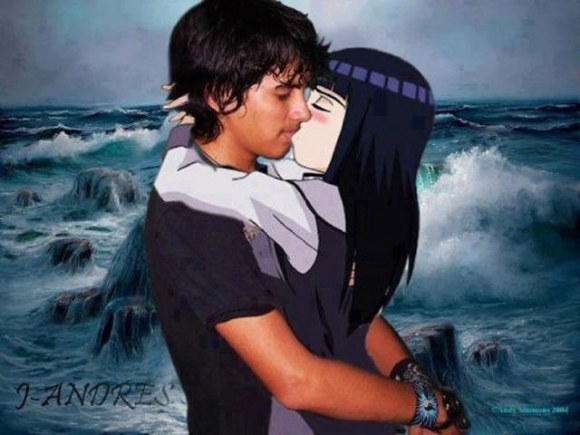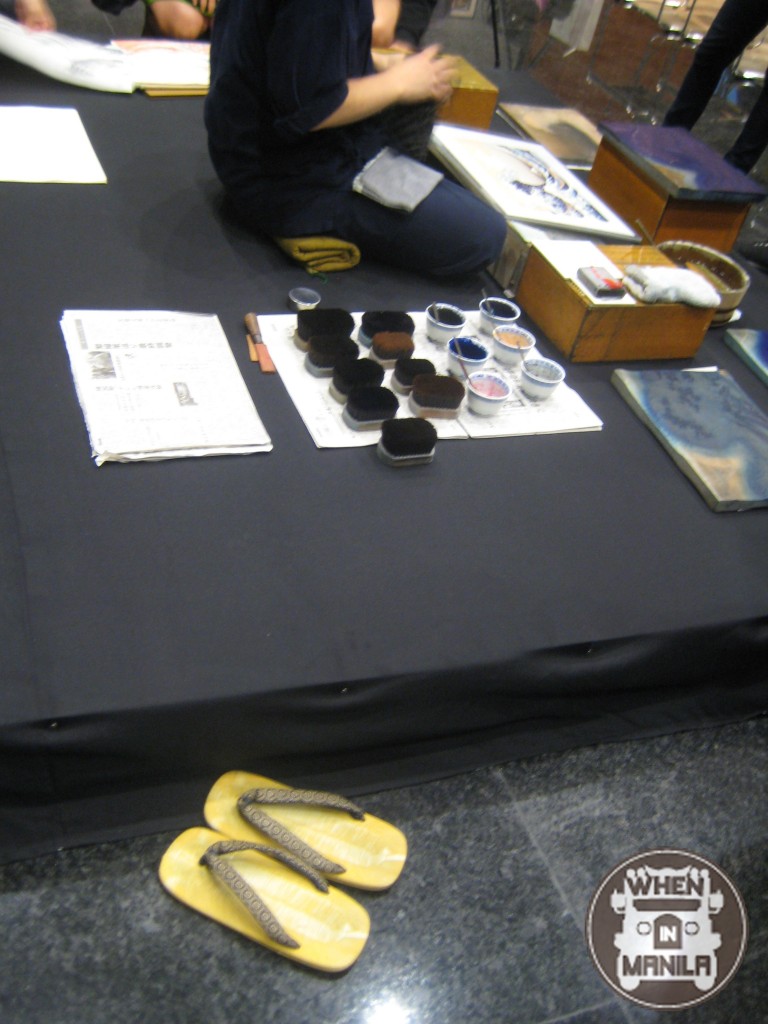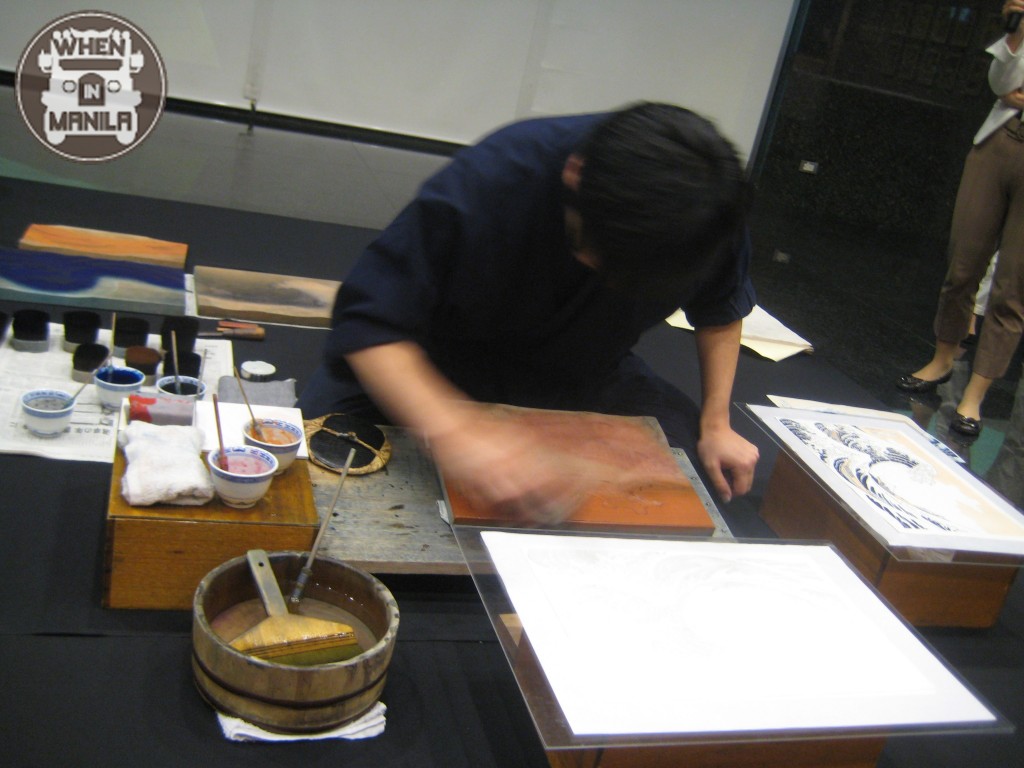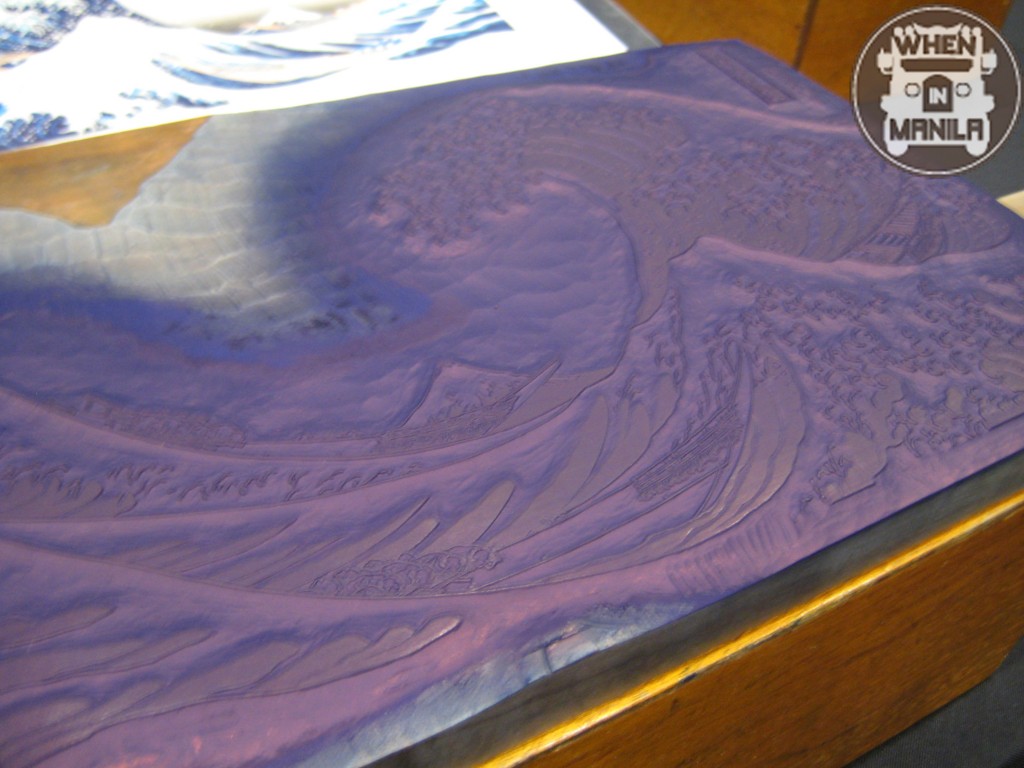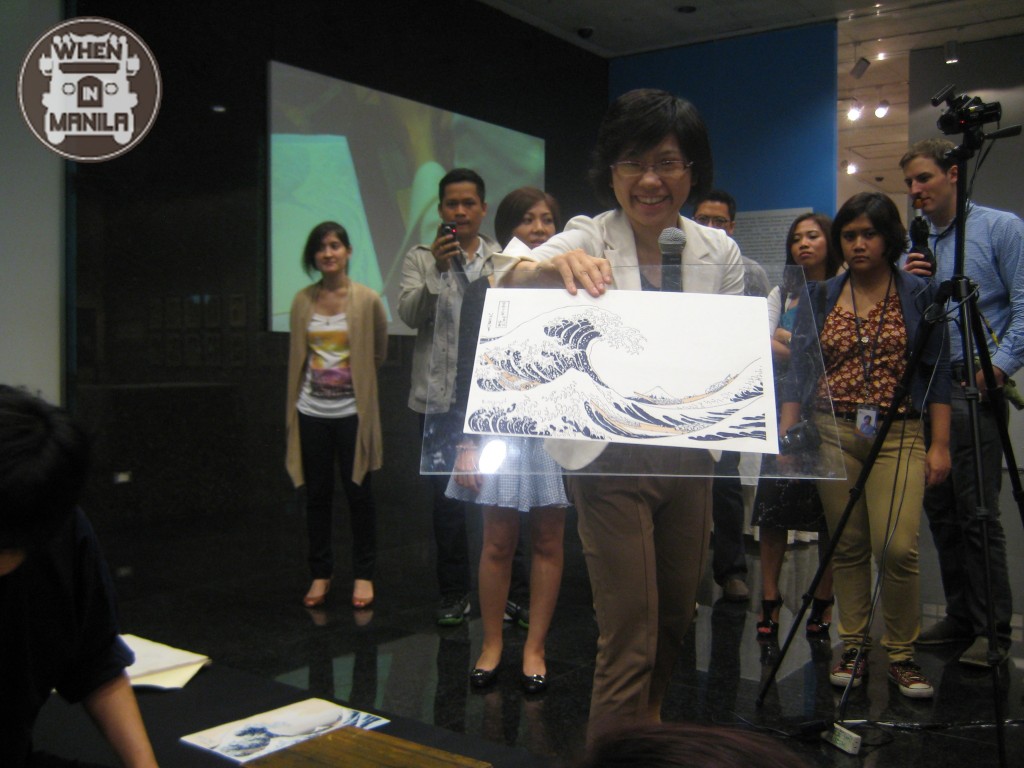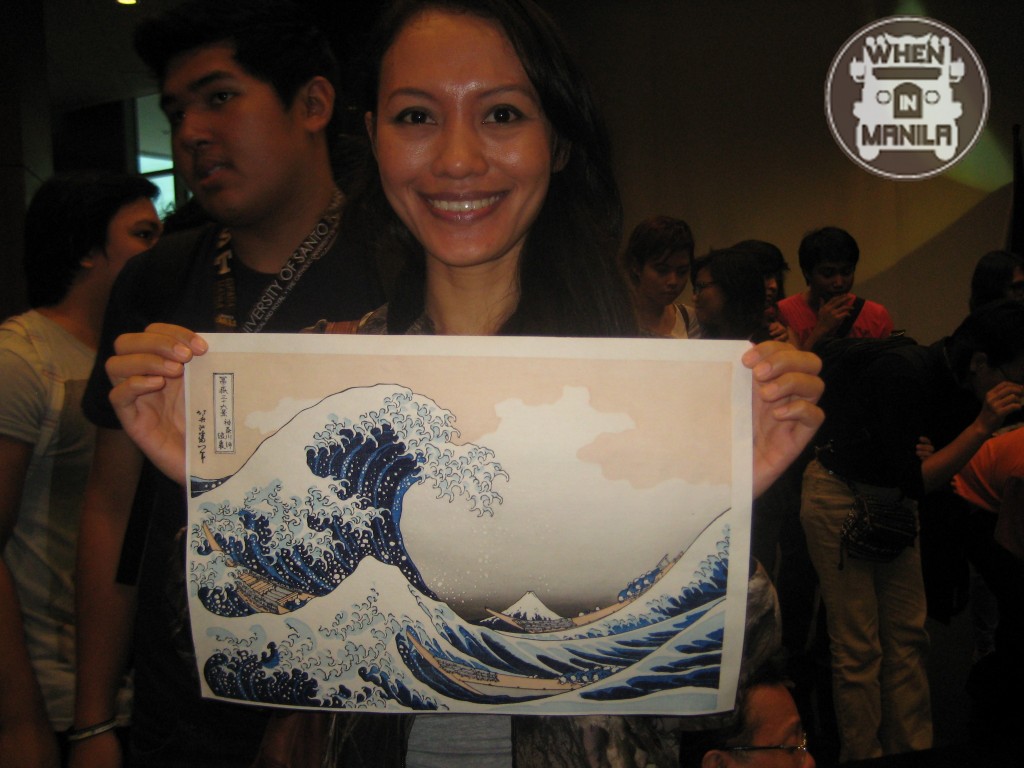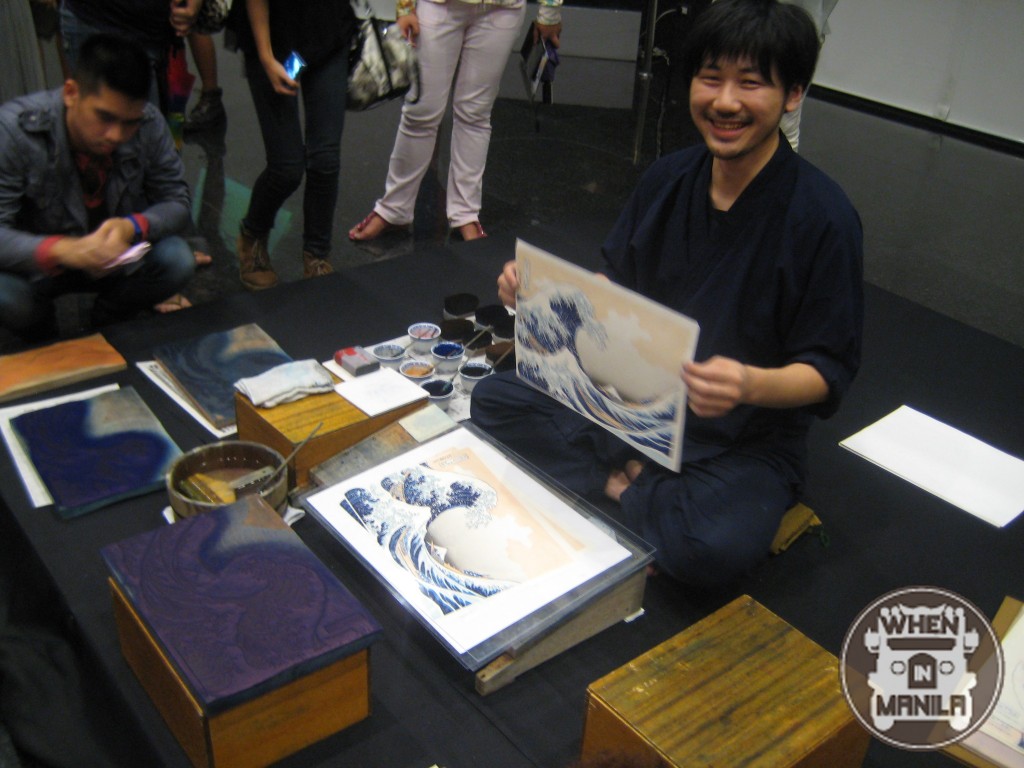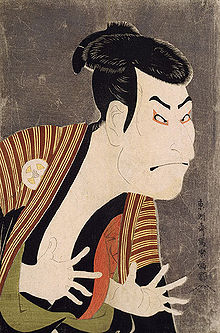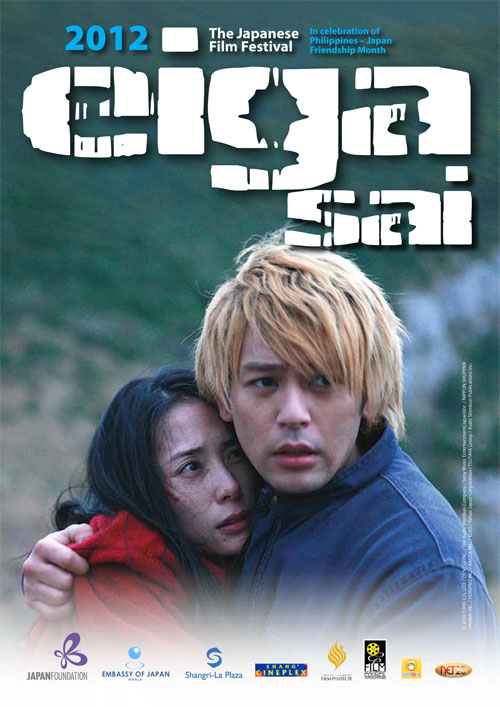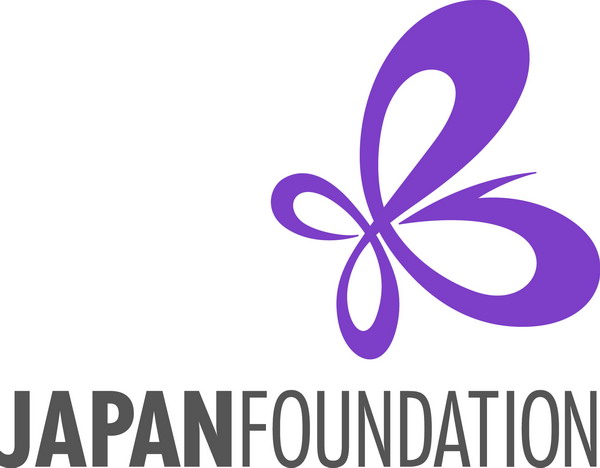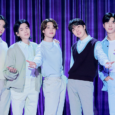Are you a frustrated otaku or mangaka? Are you a fan of manga and anime? Do you secretly long to color your hair pink, blue or blonde but are too afraid of getting ostracized? Do you dream of eat-all-you-can Japanese food buffets? In short, are you crazy about everything to do with Japanese culture? Well, if you are, you aren’t alone and fortunately, there are many ways for you to satisfy your craving for all things Japanese When In Manila!
That’s just wrong
In July, one of the big celebrations of Japanese culture in the country is the Philippines-Japanese Friendship Month which runs until the end of August. During this time, there are art exhibitions and demonstrations, language workshops and lectures, as well as the much-anticipated Eiga Sai film festival. There is even a longboarding competition held in La Union, although this isn’t organized by the Japan Foundation Manila.
Woodcut printing is an art form that began in 1400’s. It is over 600 years old and takes years to master!
As a huge fan of everything Japanese, but especially their film and art, I decided to attend the Eiga Sai Film Festival at the University of the Philippines Diliman’s Film Institute (there were also screenings at Shangri-La EDSA, Cebu, and SM) and the Ukiyo-e Print Lecture and Demonstration at the Ayala Museum.
Woodcut printing can be physically strenuous. One must be fit and focused to engage in this art form.
The Ukiyo-e woodcut print lecture and demonstration at the Ayala Museum was held especially for the Philippine Association of Printmakers (PAP). There were also lectures held at the headquarters of the Japan Foundation Manila for the general public. Prior to this, I had not known there was such an organization, but it was fun to be among so many people who were really into this timeless art form and their enthusiasm is infectious.
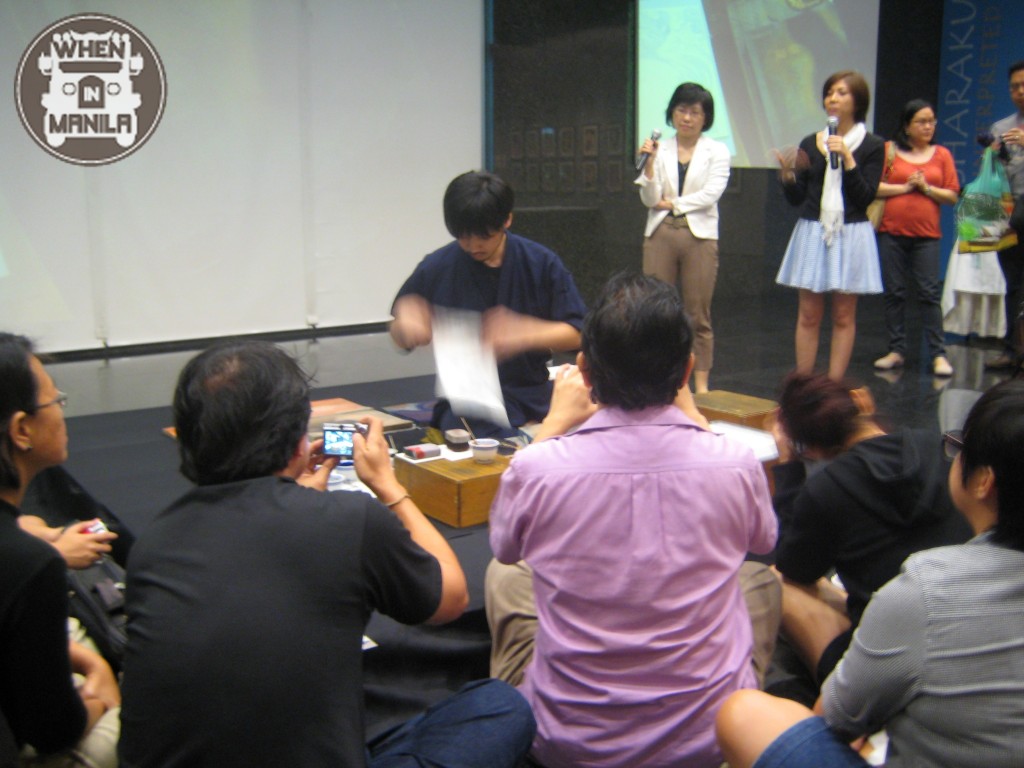
Woodcut print master Yoshio Kyoso was extremely focused throughout the demonstration and lecture which lasted over an hour. He carefully went through the repetitive motions of printmaking, while a Japanese lady narrated the history and process of woodcut printing, an art form that began way back in the 1400’s as a way for tourists to have postcards or “pictures” of famous places and people Japan.
The woodblocks are prepared by a woodcarver based on the artist’s drawing. These can last for several hundred prints before needing to be replaced.
Yoshio Kyoso in action
As a professional artist, I have some idea of what woodcut printing involves, I’ve seen BBC’s Private Life of a Masterpiece on Katsushika Hokusai’s “The Great Wave.” I’ve pored over Hokusai’s Thirty-six Views of Mount Fuji, the picture book that the Great Wave is a part of. However, seeing the work produced right before my eyes was a completely new experience, one that watching films and reading books simply cannot compare to .
This cute Japanese lady narrated the proceedings in Nihonggo while another lady translated.
This painstaking process is unlike any other visual art because the whole point is to create exact duplicates of the picture created by the artist. Not only that, the publisher, who back in the day that woodcut printing was popular, insisted that cost be kept to a minimum. So the artist was faced with the challenge of creating a print that would require as few colors and blocks of wood as possible, so that the publisher could keep costs low and make a profit. In painting with oils or watercolor, the materials can be quite expensive and seldom would an artist try to create the same exact same work.
After just over an hour, several exactly identical prints are produced!
The end product was several identical woodblock prints based on the iconic Great Wave by Katsushika Hokusai. First published in 1831 in Thirty-six Views of Mount Fuji, this print has become incredibly popular and has sold so well that the exact number of copies sold is uncertain. It’s been on the walls of famous collectors, artists, writers, and celebrities and continues to influence and inspire graphic designers, painters, graffiti artists and more, until today.
Woodcut print master Yoshio Kyoso. His focus during the demonstration was total.
The demonstration and lecture coincided with the opening of Sharaku Interpreted by Japan’s Contemporary Artists at the Ayala Museum, an new exhibition celebrating the art and life of legendary woodblock print artist Toshusai Sharaku. An enigma who must have lived around the Edo period, Sharaku produced a staggering 140 prints in ten months. Sharaku’s genius was largely ignored until the German Julius Kurt rediscovered his works, many of which consisted of polychrome portraits of kabuki actors. The exhibit at the Ayala Museum consists of 11 contemporary Japanese artists who interpreted Sharaku’s works in their own ways. The exhibition will then move to other parts of the world.
Otani Oniji II (dated 1794) in the role of Yakko (manservant) Edobe by Toshusai Sharaku
A few weeks later, I decided to make the trip to UP to see a film. The Eiga Sai film screenings feature contemporary award-winning Japanese films. Unfortunately, these films are not released in Manila or internationally, and it is a shame because some of the best directors and actors in the world are Japanese. Akira Kurosawa, Takeshi Miike, Hayao Miyazaki are just some of my favorite directors who hail from the Land of the Rising Sun. There is a big push for the upcoming Samurai X live-action film’s international release and I hope it is successful..
The films that ran are all worth seeing and subtitled, which is how it should be. Dubbed anime or films always lose a lot in the translation or voice acting. The best part? The screenings are 100% free! I know people who have sat through three to four straight movies! As much as I would have wanted to do the same, I cannot stand to be seated for long and decided to choose the only animated feature, Colorful directed by Keiichi Hara which was adapted from the novel of the same name by Eto Mori.
It follows a soul that inhabits the body of a high school boy who committed suicide. This is a penance for the soul and he has about six months to gain enlightenment about life before he is gone from the earthly plane for good. A touching and funny story with a beautiful message, Keiichi Hara’s hyper-realistic backgrounds make you forget at times that you’re watching an animation. I highly recommend you try to find a copy of this any way you can.
Trailer for Colorful
So When in Manila in July, celebrate Philippine-Japanese Friendship Month with the Japan Foundation and get your fix of the beautiful, eclectic, and sublime.
Japan Foundation Philippines Website: https://www.jfmo.org.ph/
Facebook Page: https://www.facebook.com/pages/The-Japan-Foundation-Manila/94267350803

